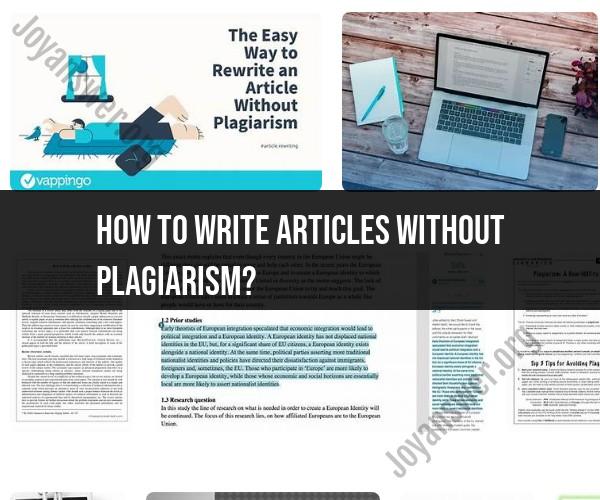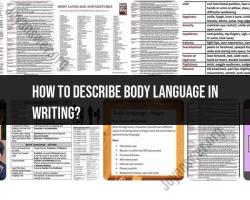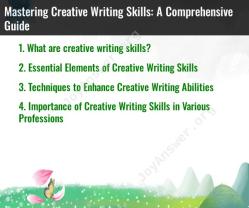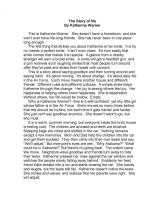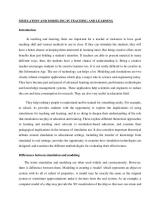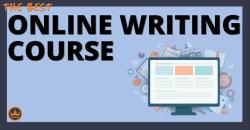How to write articles without plagiarism?
Writing articles without plagiarism is essential for ethical and professional writing practices. Plagiarism is the act of using someone else's words, ideas, or work without proper attribution, and it is considered a serious ethical violation in the world of writing and academia. Here are some steps to help you write articles without plagiarism:
Understand What Constitutes Plagiarism:
- Familiarize yourself with what plagiarism is and the different forms it can take, including direct copying of text, paraphrasing without proper attribution, and self-plagiarism (reusing your own work without disclosure).
Conduct Thorough Research:
- When gathering information for your article, use reputable sources such as books, academic journals, government publications, and trusted websites. Keep detailed notes of the sources you consult.
Properly Cite Sources:
- Whenever you use someone else's words or ideas, make sure to provide proper citations. Use a consistent citation style (e.g., APA, MLA, Chicago) and include in-text citations and a bibliography or reference list.
Paraphrase Effectively:
- When you need to include someone else's ideas in your article, rephrase the information in your own words while still acknowledging the source with a citation. Be careful not to copy the original sentence structure or wording.
Use Quotations:
- If you want to directly quote a source, use quotation marks and provide the exact wording from the source. Include an in-text citation to indicate the source.
Attribute Ideas and Concepts:
- Even if you're not using direct quotes, attribute any ideas or concepts that are not your own to the original source. This demonstrates respect for the original author's work.
Avoid Copy-Pasting:
- Never copy and paste text directly from a source into your article without proper citation. Instead, take notes and write the information in your own words.
Use Plagiarism Detection Tools:
- Consider using plagiarism detection tools like Turnitin or Copyscape to check your work for unintentional plagiarism before submitting it.
Be Transparent:
- If you're reusing or republishing your own work, be transparent about it and properly cite your previous work. Self-plagiarism is still considered unethical if not disclosed.
Proofread and Edit:
- Carefully proofread your article to ensure that all citations are accurate, and all borrowed content is properly attributed. Editing helps catch any unintentional instances of plagiarism.
Seek Permission:
- If you want to use copyrighted material extensively, seek permission from the copyright holder or adhere to fair use guidelines.
Develop Your Own Voice:
- Focus on developing your unique voice and perspective as a writer. The more original your content, the less likely you are to inadvertently plagiarize.
Remember that plagiarism is not only unethical but can also have serious consequences, including damage to your reputation and legal repercussions. Always prioritize originality and proper attribution when writing articles or any other form of content.
Plagiarism-Free Article Writing: Strategies for Original Content
Here are some strategies for writing plagiarism-free articles:
- Understand what plagiarism is. Plagiarism is the act of copying someone else's work and passing it off as your own. This includes copying text, ideas, or even sentence structure from someone else's work.
- Do your own research. When you're writing an article, it's important to do your own research and gather your own information. Don't just rely on other people's work.
- Cite your sources. Even if you're not copying directly from someone else's work, it's still important to cite your sources. This shows that you've done your research and that you're not trying to pass off someone else's work as your own.
- Paraphrase and summarize. If you do need to use information from another source, be sure to paraphrase or summarize it in your own words. This means putting the information into your own words and sentence structure.
- Use a plagiarism checker. Once you've finished writing your article, it's a good idea to use a plagiarism checker to scan it for any instances of plagiarism. There are many free and paid plagiarism checkers available online.
Crafting Unique Articles: Writing Without Plagiarism
Here are some tips for crafting unique articles without plagiarizing:
- Choose a topic that you're passionate about. This will make it easier to write about the topic in an original and unique way.
- Do your research. Gather information from a variety of sources, and be sure to take notes.
- Brainstorm ideas. Once you've gathered your information, take some time to brainstorm ideas for your article. What new perspective can you offer on your topic? What unique insights can you share?
- Write your own words. Avoid copying from other sources, even if you're paraphrasing or summarizing. Instead, put the information into your own words and sentence structure.
- Proofread your work. Once you've finished writing your article, be sure to proofread it carefully for any errors in grammar, spelling, or punctuation.
Ethical Article Writing: Avoiding Plagiarism in Your Work
Plagiarism is not only unethical, but it can also have serious consequences. If you're caught plagiarizing, you could be expelled from school, fired from your job, or even sued.
Here are some tips for ethical article writing:
- Cite your sources. Always cite your sources, even if you're just using a small amount of information from another source.
- Be honest and transparent. If you're not sure whether or not something is plagiarism, it's always better to err on the side of caution and cite your source.
- Give credit where credit is due. If you're using someone else's ideas or work, be sure to give them credit.
- Don't pass off someone else's work as your own. It's not fair to the other person, and it's not honest.
By following these tips, you can write plagiarism-free articles that are ethical and original.
